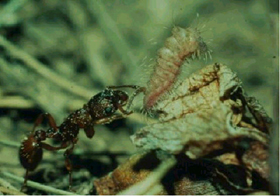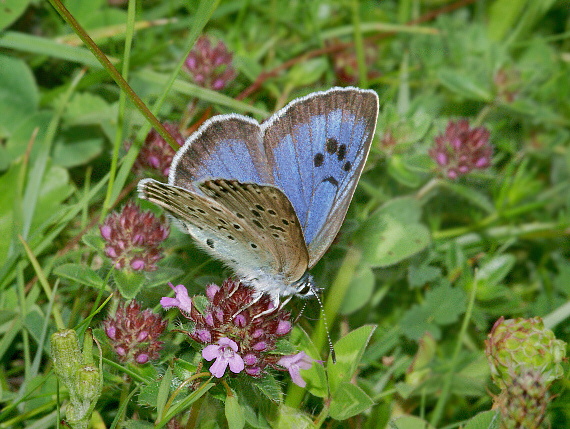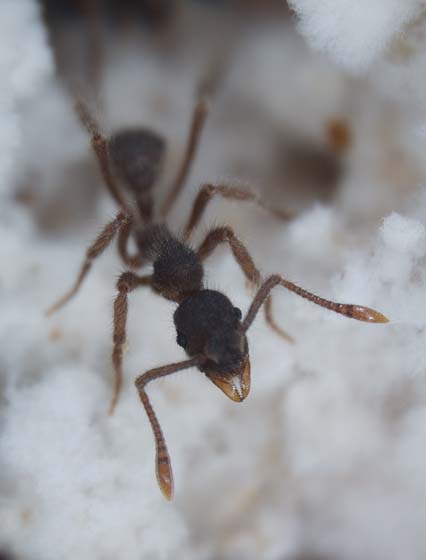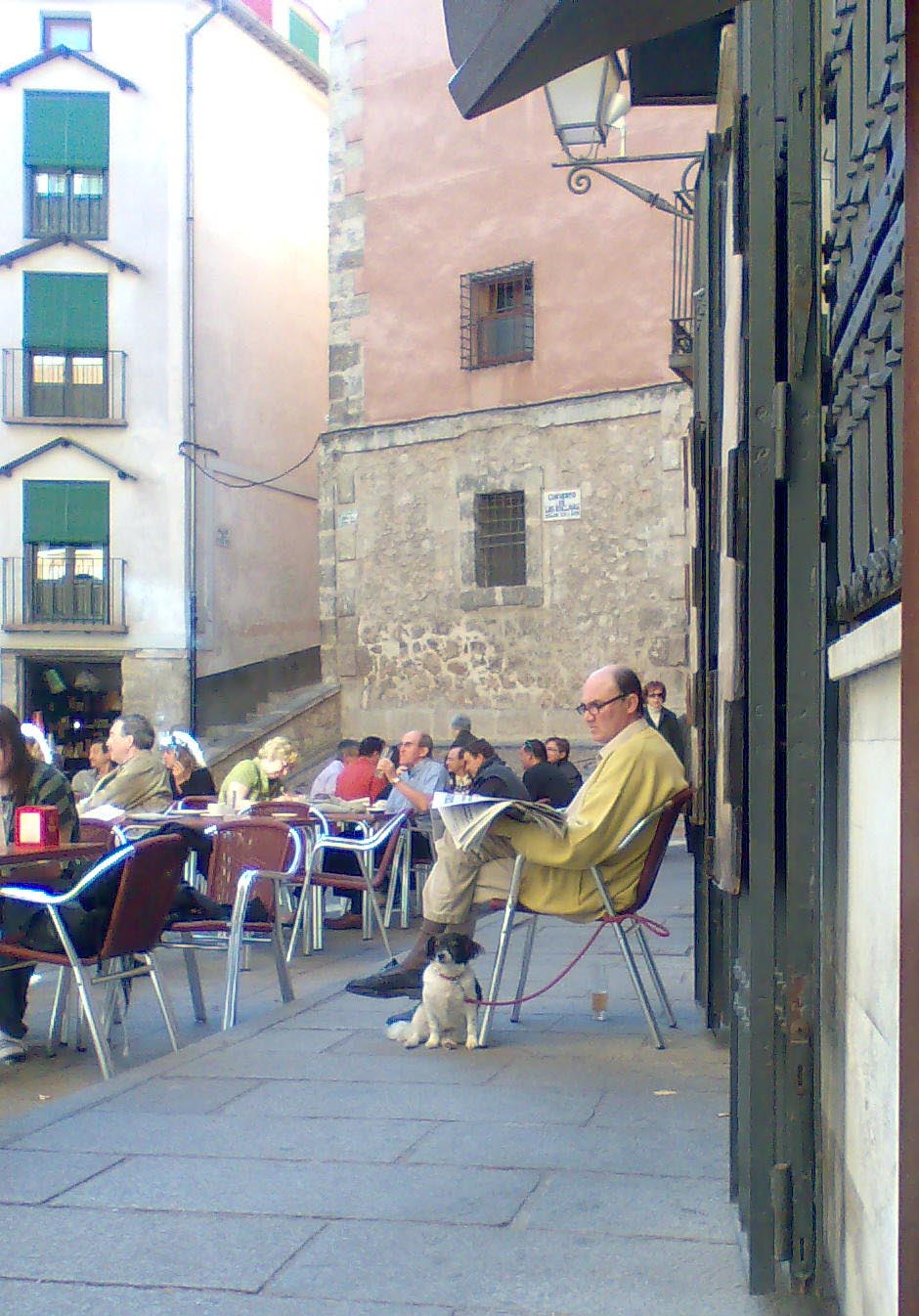Open Cities 6 About Ants
Open Cities 6
About Ants
Have no fear, this is not a digression into literal anthropomorphism. We all know its pitfalls. Nevertheless, if analogies are examined at the more abstract level of eco-systems of cohabitation, recent discussions on ant behaviour and how their parasitic but mutually beneficial relations with other species depend on milieu may trigger fruitful, associative reflections on environmental or spatial preconditions of social cooperation between diverse groups.

Dia 1 Ant and Caterpillar symbiosis
The Large Blue
The fascinating story of the reintroduction of the Large Blue butterfly to South West England exposes the vital importance of the physical setting which this blue butterfly needs to exist, besides depending on a symbiosis with ants for its survival. It was because lepidopterist and entomologists had understood the importance of the ‘milieu’ of this species that they were able to reintroduce the large blue butterfly, Maculinea arion, from Sweden into the UK after its extinction [BBC radio 4. 19/08/9.21.00. Nature. Series 23, episode 1. Brett Westwood].

Dia 2 Large Blue in his complex habitat
Contrary to opinions at the time, collectors’ excesses were not the cause of their extinction. What destroyed them was the transformation of their habitat, which had been eroded due to abandonment of burning and marginal grazing on steep, rough south facing hillsides, artificial fertiliser, and myxomatosis decimating the rabbit population. It meant no short turf with wildflowers, and especially wild thyme in which the Large Blue lays its eggs. The larvae feed on thyme flowers and when they drop on the floor their secretion of sugary substance attracts a specific species of ants, the Myrmica sabuleti, which transport the caterpillars to their nests where they feed on ant brood. After ten months the predators pupate and return to this specific habitat where they lay their eggs.
This is a great narrative of unlikely bedfellows which get what they want from each other, in a specific environment that they both need to thrive. What leads to anthropomorphic temptation is the reinstatement of the required habitat by scientists in cooperation with farmers and conservationists to give the reintroduced species a chance to settle again. From a systemic standpoint, how could cities be adapted to facilitate interdependent cohabitation between diverse and uneven groups, and what prior knowledge would be necessary to find out which groups would be most amenable in what type of environment to foster social cohabitation? All this should be approached without falling into the trap of environmental determinism. More about that in a further post.
Analogies of Collaboration, Cooperation and Competition in Diverse Societies
Back to ants, in a debate between Bert Hoelldobler and Richard Sennett [BBC World Service, radio, Forum 16/008/09] related to the study of how and why social life evolved on our planet. Hoelldobler, an entomologist, attributed the success of ants to their system of cooperative division of labour and their interconnection by a complex system of communication. He pointed out that 2% of animal species, having overcome hierarchies and living in high organisation structures – super-organisms as he calls them – amount to 30% of the entire animal bio-mass. Competition of these superior species no longer occurs within but between various ant societies. In evolutionary terms, it is fierce competition between societies which drives cooperation and symbiosis up within societies. Superior ant societies have no ruler, only different functions for various groups within the same species. Moreover, they live in symbiotic relations, such as adopting and hosting the larvae of butterflies and living with fungus which they grow to be able to digest leaf fragments.

Dia 3 Ant fungus
How can analogies between these sophisticated ways of millions of minute brains functioning together like neurons of a human brain, this cooperative division of labour and symbiosis with foreign bodies inspire ideas for multi-cultural cohabitation and cosmopolitanism in cities?
Richard Sennett, a sociologist is studying collaboration, cooperation and competition at modern work places which he jokingly called ‘failed super-organisms’. Ant life sounded like city life to him. When studying the financial sector in New York, he goes further by distinguishing between collaboration as an enabler of individual skills, used freely and tolerated or even encouraged by managers, from less dynamic, less decentralised cooperation which may be closer to ant super-organisms. He opposes both these forms – necessary for survival in a global competitive world – to homogenous chain-of-command structures which leave no space for creative or cultural diversity.

Dia 4 Stockmarket habitat

Dia 5 Antibank demonstration
Features of cultural hybridity and cosmopolitanism may become the prerequisites of highly competitive urban activities. The question is in what environment will they thrive and who is prepared to share with whom?

Dia 6 Public realm for all
End.
